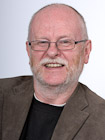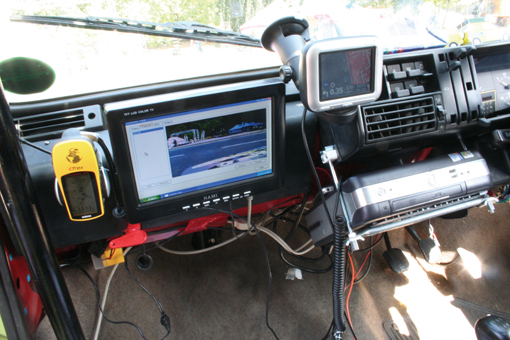From the Midlands to Mongolia
NationalRural was established in 2004 as a Knowledge Exchange – a service provided by universities and colleges for rural businesses and organisations. The project was set up with funding from HEFCE as one of 22 Centres for Knowledge Exchange activity in the country. NationalRural represented a collaboration of 14 universities and colleges with its influence extending to many other universities and colleges with rural interests and expertise. Following on from the funded phase of the project, its online service – the NationalRural Directory, has been retained. It is supported and maintained by Harper Adams University. Roger Greenhalgh, Head of Information Services at Harper Adams University College, describes their work and their experiments in time lapse video.
 About the author: Roger Greenhalgh is the Head of Information Services at Harper Adams University College. His publications include: Constructing virtual resources for practitioner communities: a ‘space for all reasons’ RCDL 2010 Digital Libraries: Advanced Methods and Technologies, Digital Collections 2010 (University of Kazan, Russia).
About the author: Roger Greenhalgh is the Head of Information Services at Harper Adams University College. His publications include: Constructing virtual resources for practitioner communities: a ‘space for all reasons’ RCDL 2010 Digital Libraries: Advanced Methods and Technologies, Digital Collections 2010 (University of Kazan, Russia).
For further information about NationalRural, visit their homepage at: www.nationalrural.org
This article was originally published in Viewfinder in 2007.
Type ‘London to Brighton in 4 Minutes’ into Google, and you’ll find a wealth of references to a classic black and white short film from 1952, taken from the cab of the ‘Brighton Belle’. The individual time-lapsed frames when put together created the illusion of a train journey experienced at 765 mph. Apparently the cameraman had to hand-crank the camera at two frames per second instead of the usual twenty-four for the entire journey. Every so often he would run out of film and had to change the roll, so to hide the resulting gaps, a view of the train driver at the controls was duly edited into the final cut.
On the fiftieth anniversary of the line’s electrification, the BBC recreated the film as a three-and-a-half-minute filler, and it was first broadcast on Friday evening, 15th July 1983, just after the magazine programme Nationwide. It was subsequently used as a short programming filler many times throughout my son’s childhood, and so has become entrenched in my family’s personal nostalgia.
Fifty years onward from the original London to Brighton in 4 Minutes and this seed found its way into our planning for documenting a recent overland journey from the Midlands to Mongolia. At NationalRural our project has become used to finding innovative IT solutions with the limited resources avalable, and this one fell into our lap though sheer serendipity. There were some politics, too. NationalRural is a multi-university collaboration project, and when two key members of the IT team headed off eight thousand miles eastward, finding a way of informing the troops back at home about what they are doing kept people (relatively) happy! It was a charity-sponsorship trek too and at the end of the day we needed to provide the sponsors with something offbeat as well.
On the surface, mounting a digital camera into a car, capturing images from it at regular intervals, and editing them together to condense three weeks of travel into a five-and-a half hour multi-part epic looked easy. The devil, however, is in the detail… The clue is in the name. The sponsored trek was the 2006 Mongol Rally. Its annual challenge is to drive unsupported from the UK to Ulanbataar in a car of 1000 cc’s or less. It involves deserts, dust, unbelievable and often invisible roads, heat, vibration, bandits and borders, zero concentration and zilch communications, and a budget of ninepence. Not one of these is conducive to capturing lots of nice images in sequence, reliably, to a hard drive, let alone getting them home again, and remembering precisely where each one was recorded.

(image: Sam Greenhalgh, HAUC)
 Learning on Screen
Learning on Screen